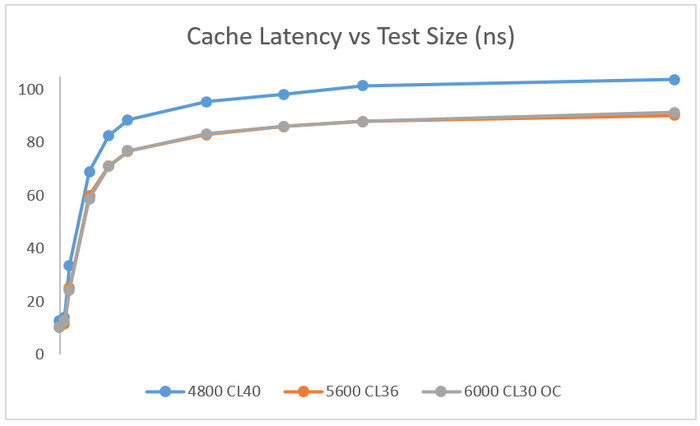G.Skill Flare X5 DDR5-5600 64GB
2. Tests
For our tests, we used the following test system
- AMD 7950X CPU + Noctua NH-U12A Chromax.black (2x120mm fans)
- Asus ProArt X670E-CREATOR WIFI Motherboard with the latest BIOS installed (1602 AGESA 1.0.0.7c)
- MSI 4090 Suprim X Graphics Card with the latest Nvidia Drivers installed
- Samsung 980Pro 1TB with the latest BIOS NVME SSD
- Seasonic Vertex GX 1000W Power Supply
- Dell S2721QS 4K Monitor @ 60Hz
- Windows 11 Pro Edition + latest updates installed
- Test Stability:
- quick testing 30min OCCT v12 Memory Test
- stable testing Testmem5 absolute(01102021)@anta777.cfg (3 cycles)
Both modules were installed at the B2/B4 channels suggested by the motherboard vendor. We had to manually perform ClearCMOS to get everything started and the memory training for the DDR5 platform with the Asus motherboard isn't long, the first boot came around 20 seconds, and the first power up. After that point, the system is much faster at boot.
Using the free latest version of the Thaiphoon Burner which includes more information about the used modules. It seems the G.Skill Flare X5 series is using Samsung memory modules.
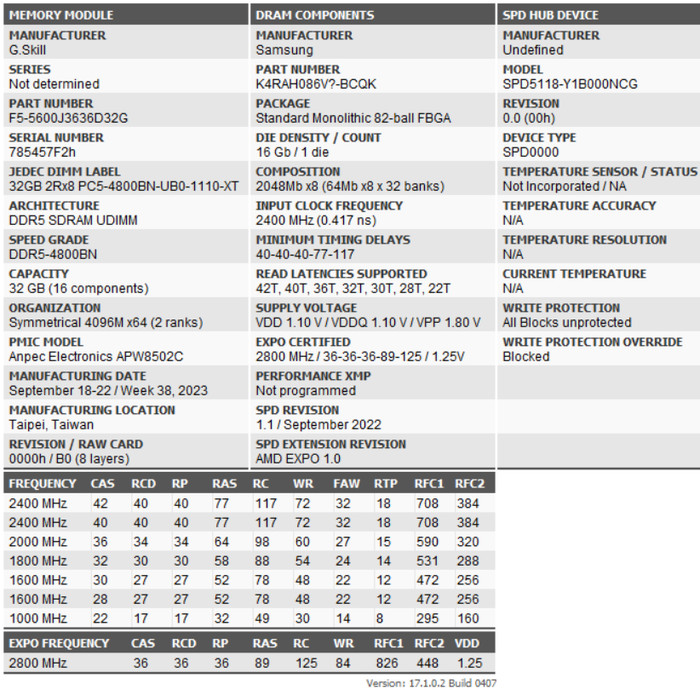

After getting the first boot, the Asus motherboard recognized and set the memory initially at DDR5-4800MHz CL40 1.10V, without enabling any EXPO/XMP profiles.
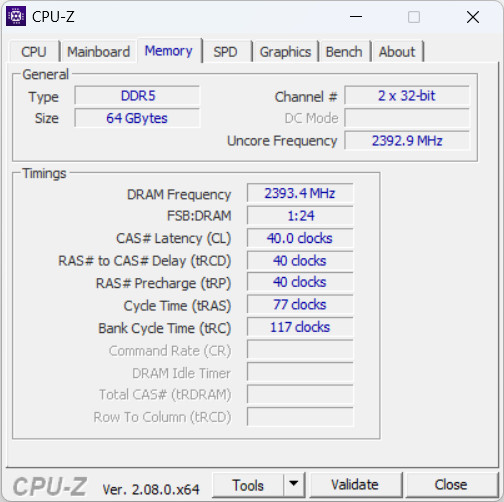
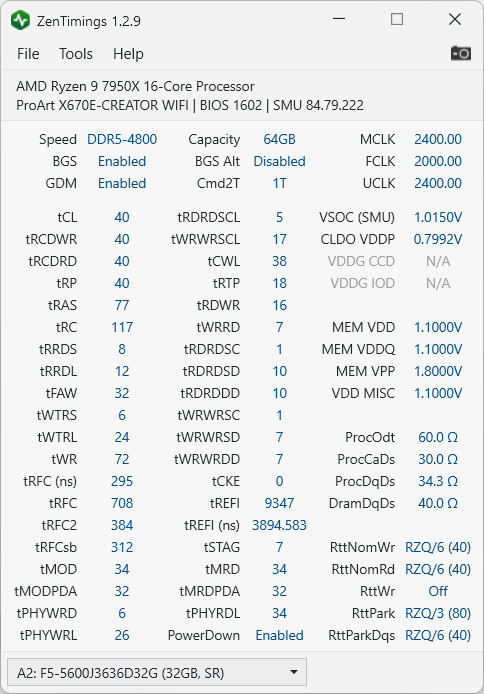
Under the BIOS motherboard, we can set the EXPO / XMP profile, for the AMD system there is only one choice, DDR5-5600 CL36.


From our testing, you can get tighter timings at 6000MHz with CL30 and 1.40V. Note that you may get worse or better timings depending on your system and voltages.

At 1.40V the temperatures were high enough so playing around with memory timings and voltages is needed.

Usually, Asus motherboard do include other memory presets for various memory kits (Ai Tweaker->DRAM Timing Control -> Memory Presets, so in any case you need to check them out as well. For our tests, we performed tests at all the above running speeds to showcase all possible scenarios you could run this memory kit.
AIDA64 Cache And Memory Benchmark (v6.92.6600)
The highest memory performance comes from the 6000CL30 which needs 1.40V to be stable. The default EXPO profile DDR5-5600 CL36 also gives very good performance and you should really enable it under BIOS. The AIDA64 Cache benchmark reports around 70.4ns for the 5600CL36 and around 70.9ns for the 6000CL30 setting.

MemoryMark (Performance Test 10.2 Suite)
This test gives an overall score for the installed memory, the 6000CL30 OC gave a higher score than the 5600CL36 with 4006 points.

Passing to the well-known GeekBench, this software tests the performance either in single or total cores, and as we can see there is a performance difference in both single/multi-core index scores as memory frequency rises.

We used the latest version of the well-known PCMark10 and we saw some performance differences in the total overall score, after setting the various memory frequencies of the tested memory. The 5600CL36 default memory setting gave the highest overall score with 10285 points, while the 6000 CL30 was slightly behind with 10229 points.
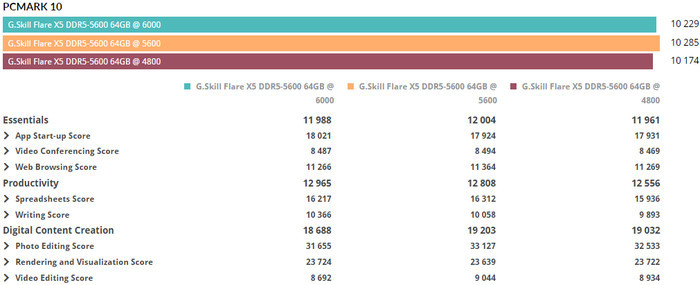
Comparing the Crucial DDR5-5600 CL40 vs the G.Skill Flare X5 5600CL36, we do find the G.Skill to perform better and be faster in all tests.
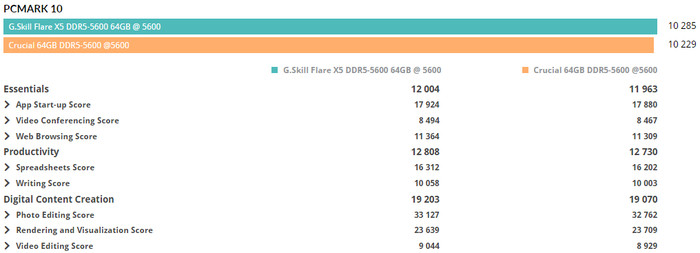
Using an open-source benchmark software called MicrobenchmarksGui, we made a graph of the various memory frequencies and the cache latency as measured by the software. The cache latency of both 6000 CL30 OC and 5600 CL36 seems to be very similar.
